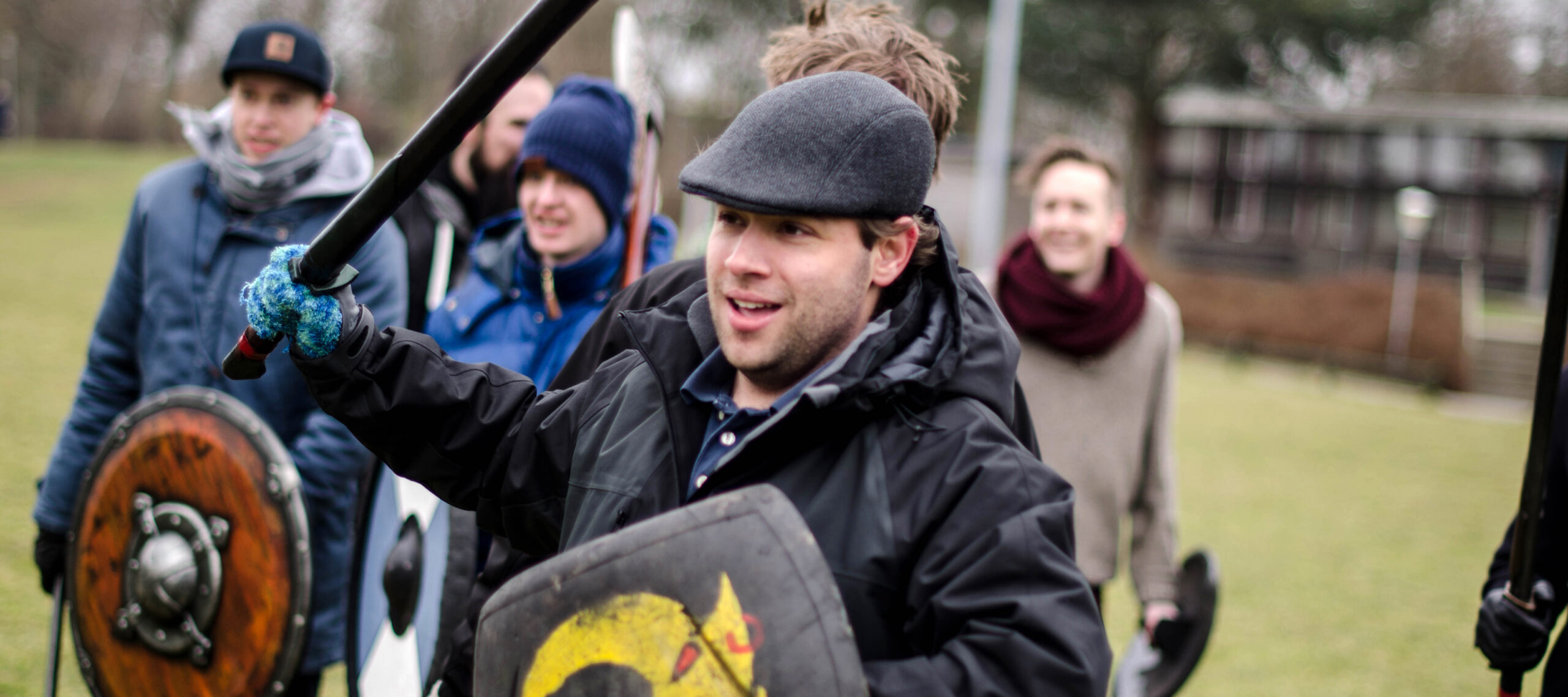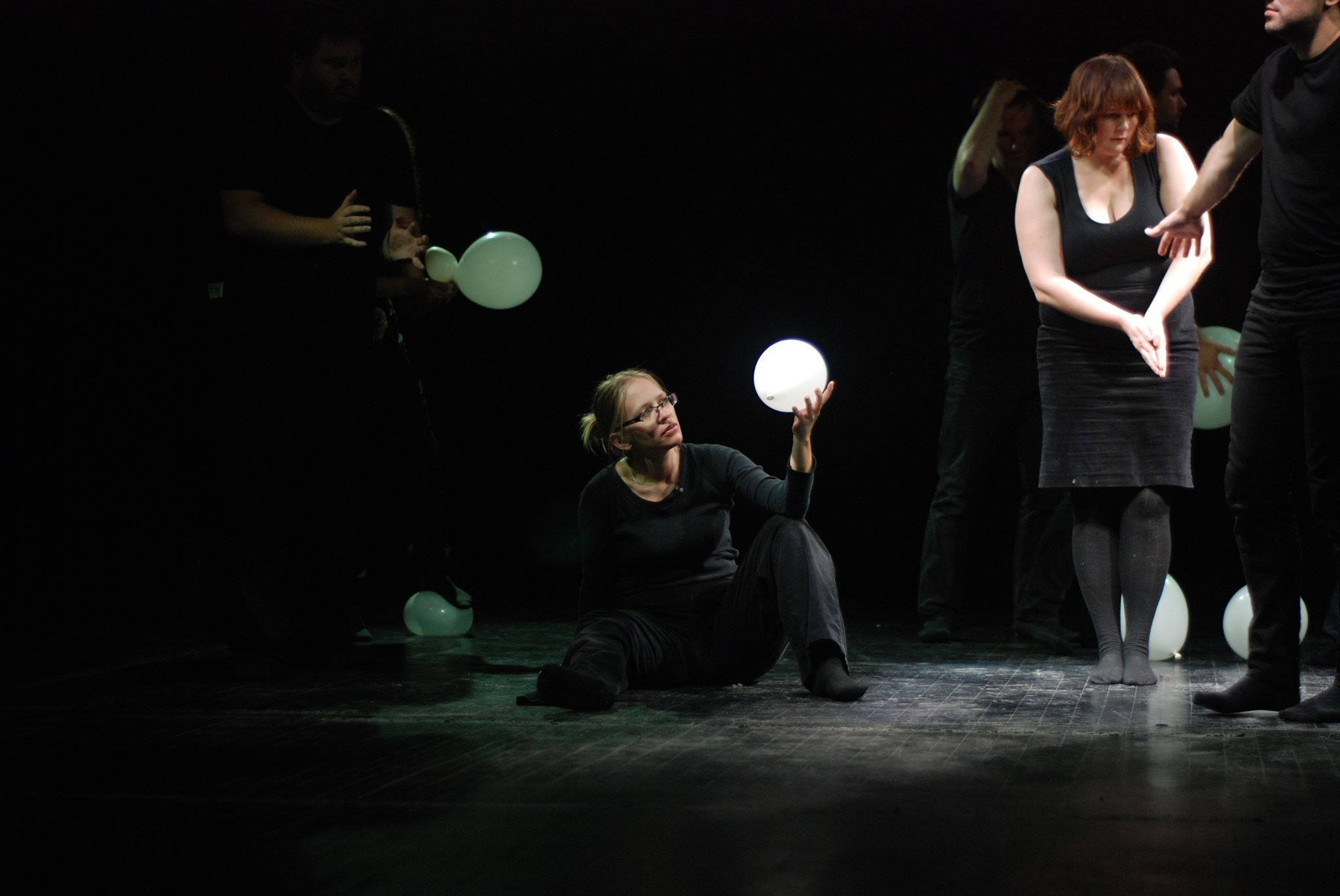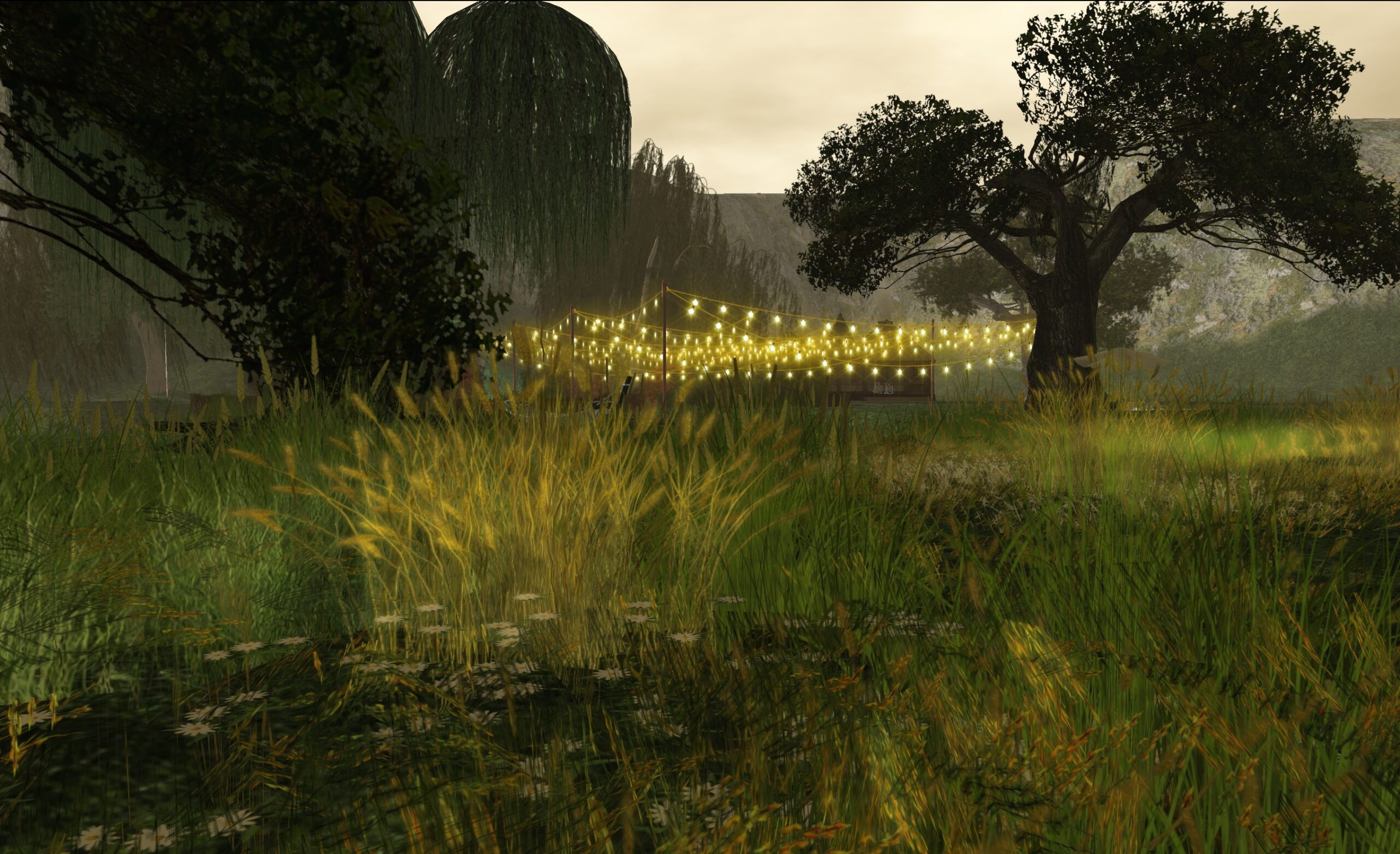Tag: Theory
-

Maps, Loops and Larp
in
This article outlines a framework for analyzing how players decide on their actions moment to moment, as well as on longer time scales throughout the larp.
-

Let’s Fight – In Defense of Competitive Play, Part 1
in
Collaboration is in vogue. In Nordic circles and in blockbuster games, non-competitive play is ascendant. Matthew Webb argues for competetive play in larp.
-

Literary and Performative Imaginaries – Where Characters Come From
in
Character sheets are an important part of a roleplaying game’s “text”, but how are they constructed, and how do they operate? Evan Torner investigates.
-

Post-larp Depression
in
Larp occupies a unique place among analog games, for it demands as much from players’ bodies as it does from their minds. It comes then as no surprise that many players find themselves in the situation of feeling confused, exhausted, and emotionally raw after a larp event.